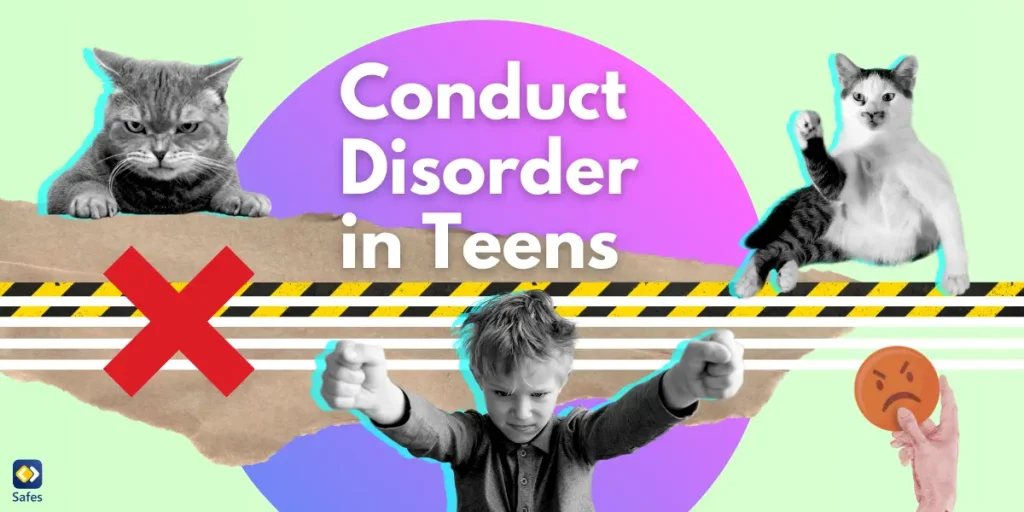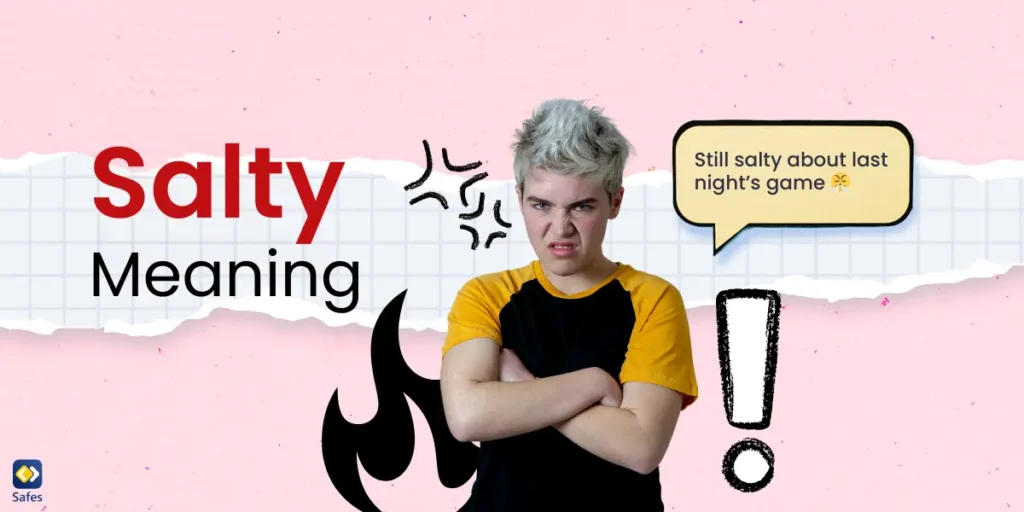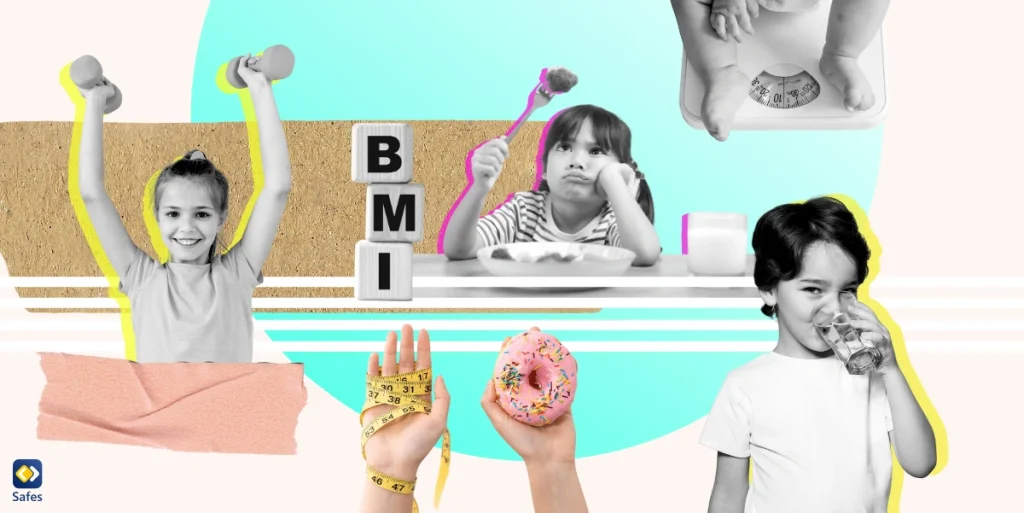Raising a teenager is highly challenging, but when your teen is struggling with conduct disorder, things can feel even more overwhelming. Conduct disorder is a mental health condition that affects a teen’s behavior, leading to actions that are often disruptive, harmful, or illegal. It’s important for parents to understand what conduct disorder is, how it can affect their teen, and what steps they can take to help.
Download and Start Your Free Trial of the Safes Parental Control App
In this blog, we will explain everything you need to know about conduct disorder in teens. From recognizing the signs and symptoms to exploring treatment options, we’ll provide you with the information and support you need to handle this difficult situation.
What Is a Conduct Disorder?
Based on the definition suggested in an article, conduct disorder is a type of mental health condition that affects children and teenagers, causing them to display some patterns of aggressive, disruptive, and antisocial behavior. These behaviors often go beyond typical teenage rebellion and can include actions that are harmful to others, violate social norms, or break the law.
There are several types of conduct disorders. However, there are some common symptoms in children that you may notice:
- Frequently lie or steal
- Engage in physical fights or bullying
- Destroy property
- Show little empathy or remorse for their actions
- Have difficulty following rules and respecting authority
These behaviors can create serious problems at home, in school, and within the community. Therefore, early intervention and appropriate treatment can significantly improve outcomes for affected teens.

What Are the Causes of Conduct Disorder in Teens?
Conduct disorder in teens can arise from a complex mix of genetic, environmental, and psychological factors. Understanding these causes can help parents and caregivers address the root of the problem and seek appropriate interventions. Here are the primary factors that may contribute to the development of conduct disorder:
- Genetic Factors: A family history of mental health disorders, such as conduct disorder, antisocial personality disorder, or substance abuse, can increase the risk. Genetic predispositions can also influence traits like impulsivity and aggression, which are often seen in conduct disorder.
- Environmental Factors: A home environment characterized by violence, neglectful parenting style, or inconsistent discipline can contribute to the development of conduct disorder.
- Psychological Factors: Teens with conduct disorder may have difficulty processing social cues, leading to misunderstandings and inappropriate responses. They might also struggle with empathy, making it hard for them to relate to others’ feelings.
- Comorbid Mental Health Conditions: Conditions like ADHD, depression, or anxiety often coexist with conduct disorder. Therefore, you may want to learn how to stop ADHD child swearing.
How to Discipline a Child with Conduct Disorder?
Handling a child with conduct disorder requires a consistent, structured, and empathetic approach. Here are some strategies that can help:
Establish Clear Rules and Expectations
Setting clear rules and expectations helps you guide their behavior. Clearly outline what behaviors are acceptable and what are not, making sure your child understands these guidelines. Consistency in applying these rules helps your child know what to expect and reinforces a sense of structure and discipline.
Use Positive Reinforcement
Positive reinforcement involves rewarding good behavior to encourage its repetition. When your child exhibits desired behaviors, offer praise, privileges, or other rewards to reinforce these actions. It can build self-esteem and motivate your child to continue making positive choices.
Implement Consistent Consequences
Consistent consequences ensure that your child understands the direct relationship between their actions and outcomes. You should apply consequences fairly and consistently when rules are broken, making sure they are appropriate and clearly communicated in advance. This way, your child learns accountability and the importance of following rules.
Develop a Routine
Creating a structured daily routine provides a sense of stability and predictability. You can incorporate regular times for activities such as homework, chores, and leisure. With a consistent schedule, your child can reduce their anxiety and behavioral issues.
Teach Problem-Solving Skills
Teaching problem-solving skills equips your child with the tools to handle conflicts and frustrations constructively. Encourage them to think through different solutions, evaluate potential outcomes, and choose the best course of action. These problem solving activities promote healthier decision-making and reduce reliance on disruptive behavior.

Is There any Treatment for Conduct Disorder?
Yes, several conduct disorder treatments can help manage symptoms and improve behavior. These typically include various types of therapy, such as cognitive-behavioral therapy (CBT) to change negative thought patterns, family therapy to address home environment issues, and group therapy for peer support. Medication can also help with related conditions like ADHD or depression.
Additionally, behavioral interventions like parent management training teach effective strategies for discipline, while multisystemic therapy has a comprehensive approach to working with family, school, and community. Moreover, school-based programs provide extra support, and community programs offer mentoring and recreational activities to build positive skills.
Final Word
By recognizing the conduct disorder symptoms in child, knowing the causes, and applying effective disciplinary and treatment strategies, you can provide the support your teen needs to navigate their struggles. Early intervention and a comprehensive approach are crucial in helping teens with conduct disorder develop healthier behaviors and relationships.
One valuable tool that can aid you in this process is Safes, our parental control app. Similar to parental controls on Android, Safes offers a range of features designed to help you monitor and manage your child’s online activity, ensuring a safer and more structured digital environment. With Safes, you can set screen time limits, block harmful content, and keep track of your teen’s online behavior, providing an additional layer of support in maintaining consistent discipline and promoting positive habits.
Download Safes now for Android and iOS and start your free trial today. Empower yourself with the tools you need to create a safer and more supportive environment for your child.
Your Child’s Online Safety Starts Here
Every parent today needs a solution to manage screen time and keep their child safe online.
Without the right tools, digital risks and excessive screen time can impact children's well-being. Safes helps parents set healthy boundaries, monitor activity, and protect kids from online dangers—all with an easy-to-use app.
Take control of your child’s digital world. Learn more about Safes or download the app to start your free trial today!




